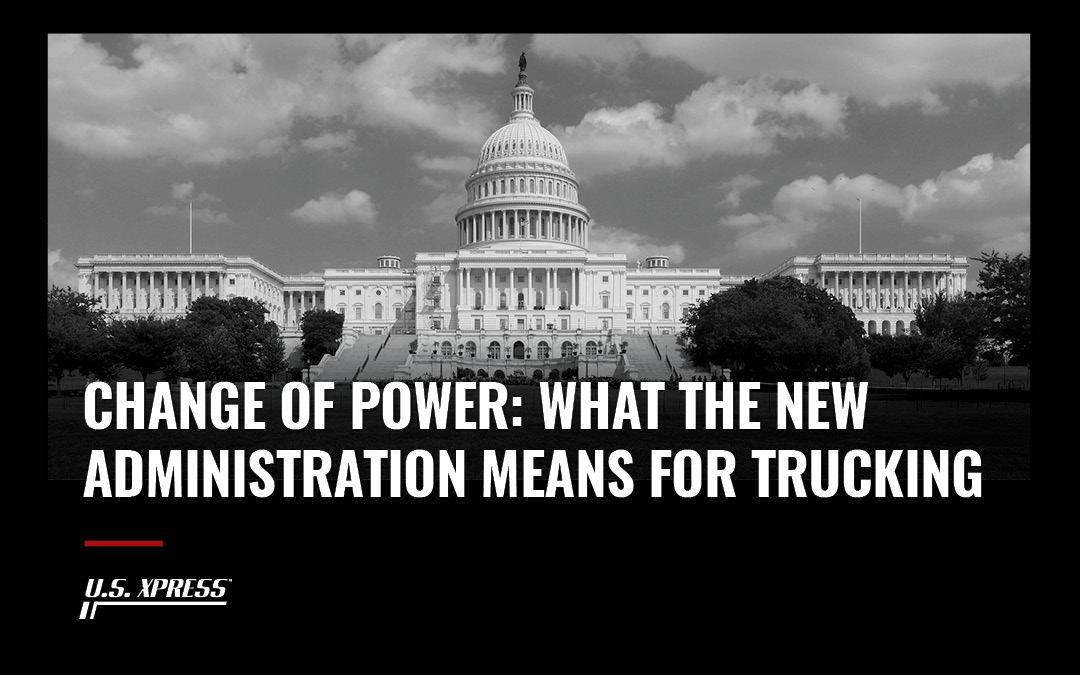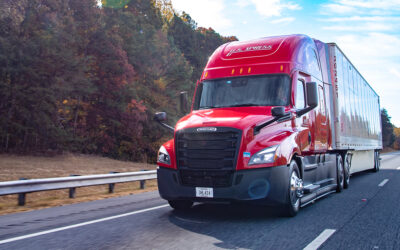What does the future hold with a new President inaugurated and a new party in power? With a change in insurance minimums, the increase of money in the economy, a large focus on infrastructure, and increases in gas taxes, the change could mean a lot for the trucking industry.
Pumping Cash into the Economy
With the Democrats controlling the Presidency and both chambers of Congress, an additional stimulus is in the works. There has also been talk of unemployment benefits increasing to levels consistent with what was provided during the COVID-19 lockdowns last spring. So, carriers are experiencing somewhat of a double-edged sword. The additional cash will increase consumption (and therefore freight volumes) but may also dissuade new drivers from entering the job market and even keep current drivers at home. Combined, the result is a continuation of the current capacity crunch carriers and shippers are experiencing.
New Insurance Minimums
There has been a highly debated proposal for a drastic increase in federally mandated insurance minimums – a minimum that hasn’t been raised in nearly 40 years. If passed by the new administration, insurance minimums would more than double, increasing from $750,000 to $2 million. That kind of increase could cause many small carriers to be driven out of business and add considerable pressure for other carriers to raise rates.
Gas Tax Increase
House Democrats recently proposed a massive increase in gas and other fuel taxes and fees (which have not been increased since 1993) to pay for $27.6 billion in proposed transportation projects over the next 16 years. If passed, the increase could cost consumers over $1 per gallon in state and federal taxes paid at the pump. That total includes an $0.18 gas tax increase for regular fuel and $0.21 for diesel. Over the next two years, state and federal taxes may continue to increase further, possibly to over $0.85 per gallon.
There is also a proposed fee on carbon dioxide emissions – $15 per ton. If passed, that will add an additional $0.15 per gallon, totaling a whopping $1 per gallon increase in gas prices paid at the pump. As time passes, the fee will increase to $20 per ton and eventually, by 2027, to $25.
Focus on Infrastructure
As part of the stimulus plan, the new administration also plans to present a bold infrastructure program. This reinvestment in highways, bridges, and other transportation assets has both advantages and disadvantages for the trucking industry. On one hand, an infrastructure program wouldn’t have a material effect until late 2021, if not in early 2022, a time when we will likely see changes in consumer behavior as vaccines continue to be distributed. However, despite when it happens, new construction jobs across the country could induce drivers to leave the trucking industry for jobs closer to home.
All of that to say, from additional costs to an economic change, the new administration could change the landscape of the trucking industry over the years to come. It will take innovative solutions to maneuver the changes, but we’re ready for the challenge.
Curious to see what other trends we’re seeing and predicting for 2021 and beyond? Check out our latest Economic Outlook.





